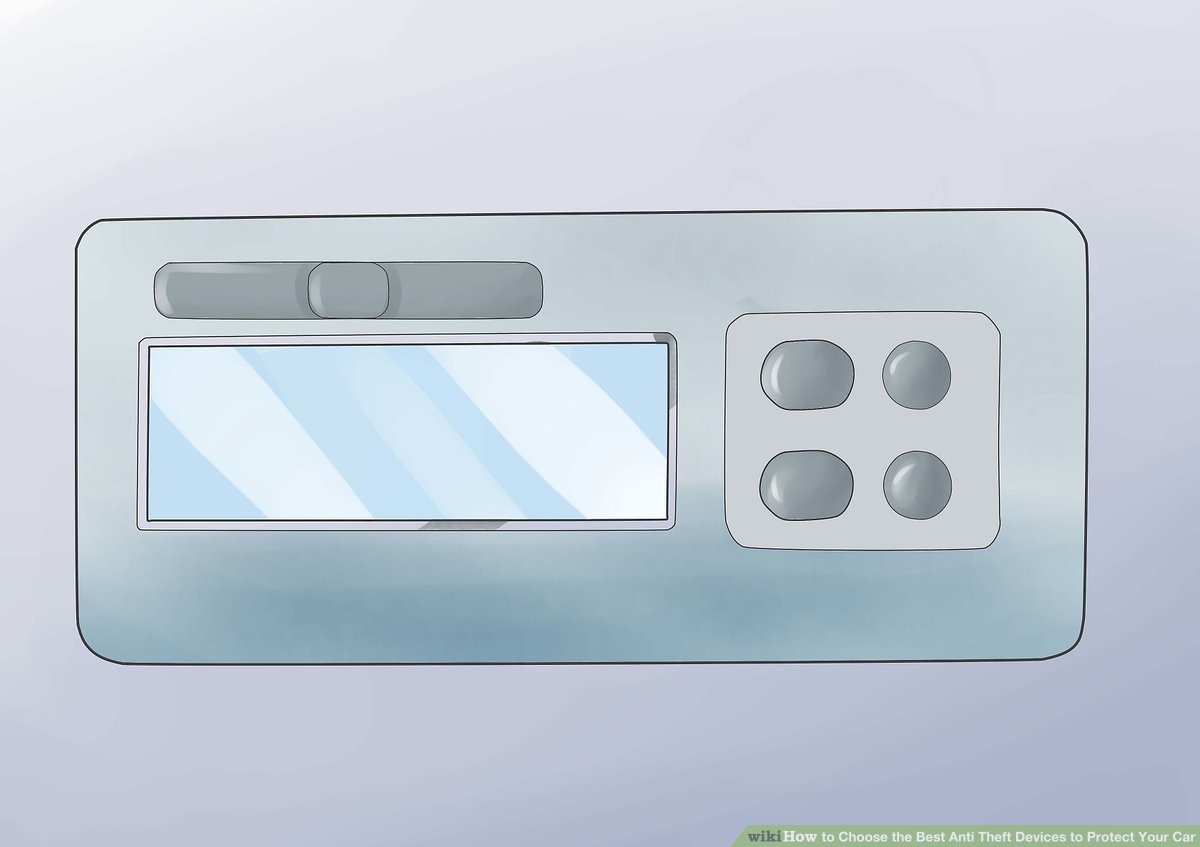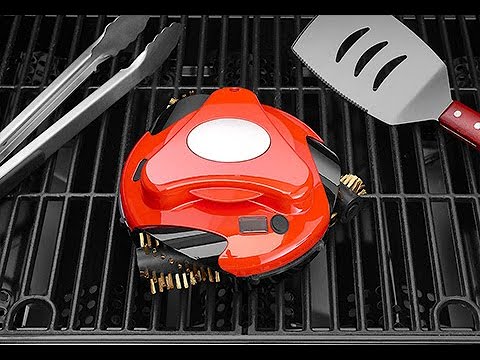
It is possible that you are already familiar with the many benefits of a home that is smart. But what exactly does it entail? We will be discussing how to set up a routine to find the right device and connect it with a smart hub. Once you have everything in order, you are ready to begin setting up your home as a smart home. Keep reading to learn more about how to get started. The smart home is the future.
Establish a routine
You can use voice commands to control the functions on your home devices. For example, you could set a routine to turn on the lights when you enter the room, or to turn on Netflix when you reach your bedtime. Routines also allow you to create reminders, alarms and timers. Multiple routines can be set up and ordered.

Find a compatible device
You must first find a compatible device before you can set up a Smart Home. There are some smart devices that can work with other smart devices. However, not all devices will work seamlessly together. To avoid this problem, you can use a third-party app that connects various devices to a hub. A free platform can be used to build automation scenes, fill in the gaps and ensure compatibility while you use an app-based hub.
Connect it to a hub
There are many benefits to connecting devices with a smart home hub. However, there are also disadvantages. The hub can reduce the network load. To allow smart home devices to communicate with each other, they are often connected to a hub. Installing apps for each device will be necessary, but a hub will make things easier. These are just a few of the disadvantages.
Set up a scene
The first step in setting up a smart home is to create scenes. This allows you to turn on a number of lights or devices in one click. You can use a scene for different purposes, whether you're working at night or want your lights to turn on during a certain time. You can create scenes for every room in your house. After you have set up a scene, you can easily change its settings at any time.
Connect to a voice-assistant
Before you start setting up your smart-home, connect to a voice agent. These assistants can be used to control multiple home devices and are compatible with Google Assistant and Alexa. These services can be useful for many daily tasks, but not so much for setting up your home. To get started, add third-party accounts.

Replace a device
Sometimes, you will need to replace a device in order to set up a smart home. It's especially frustrating when the smart home device you have just replaced is completely useless. Although there are many ways to fix this problem, they all will result in you having to restart the entire process. It might be worth trying to reset the device. These are some suggestions that can help you do it. These are the steps that will make it easier.
FAQ
How long does it take to become a good mechanic?
It takes years of practice and experience to become an expert mechanic. The best way to learn how to repair cars is by working under the supervision of a professional mechanic.
You will be required to spend time at a car garage learning as much as you can about cars. You'll need to study mechanical engineering books on mechanics and car design.
Furthermore, you'll need to enroll in auto school.
The most important thing to do is start early. Do not wait to learn automotive technology. Do you want to be a mechanic? Get started today!
How long is an apprenticeship for an automotive mechanic?
It takes approximately three years to complete an automotive mechanic apprenticeship. The apprenticeship includes two years studying at school and two more as an apprentice. The first year is used to learn all aspects of the trade including safety procedures and theory. You will also learn to use tools efficiently and safely during this period. After completing the first year, you'll then spend another year on-the-job training where you'll gain experience in different areas of the trade. You will have the opportunity for formal training during these years.
The final year of this program is spent in obtaining qualifications and becoming certified in your field. These include NVQs, which are obtained after passing industry-specific exams. Additionally, HNCs are Higher National Certificates that cover general subjects such management, customer service, and business administration. For those interested in pursuing certain trades, City & Guilds certificates are available.
What can I do to fix my car as an hobby?
Why not make it a hobby if you're interested in cars? You can learn to fix them, buy them parts, and even sell them. If you are looking for something new, this would be a great hobby.
It's difficult to make this a fulltime job. It takes a lot of dedication and hard work. You'll also need to invest a lot.
You may not be able to have an emotional connection with cars unless there is a valid reason.
How can I prepare myself for a mechanic apprenticeship
It is essential to understand what you are getting into. You should be familiar with the mechanics of cars, and how they work. This will make it easy to find the right place to start your first day in the garage.
It is also important to be able to fix small problems like broken lights or tires.
This should help you learn how to diagnose issues and repair them yourself.
For the purpose of putting them back together again, you'll need to be able to identify how each piece fits together.
Finally, you should be able use tools safely.
All these aspects will help you become a competent technician.
Statistics
- According to the BLS, the median annual salary for automotive service technicians and mechanics in the United States was $44,050 in May 2020. (uti.edu)
- According to the BLS, total auto technician employment is expected to exceed 705,000 by 2030. (uti.edu)
- Apprentice mechanics earn significantly less hourly than mechanics who have completed training, with a median wage of approximately $14.50 an hour, according to PayScale. (jobhero.com)
External Links
How To
How to properly diagnose your vehicle for repair
To determine if your car needs repairs, you should first look at the symptoms that your car presents. Follow these steps to properly diagnose your vehicle.
-
Check engine lights. Make sure to check all dashboard indicators like the engine light indicator (oil pressure gauge), the battery indicator (battery light indicator), and the RPM indicator (rpm gauge). It could indicate that your vehicle is having problems.
-
Pay attention to the treads on your tires. Tires that are worn can cause issues with handling and braking. The treads of the wheels should be inspected as well. They should be smooth and clean. You can do this by taking off the wheels. Check the tread condition with a flashlight.
-
Pay attention to the level of your brake fluid. It is important to keep track of how much brake fluid you have in your car. You can ensure that your brakes are working properly by monitoring the level of brake fluid in your vehicle. If the brake fluid level is low, your brakes might fail when you apply pressure to them.
-
Make sure to test the suspension system. The suspension system in vehicles absorbs vibrations and shocks. It gives you better control and allows for smoother accelerations and decelerations. If your vehicle has a suspension problem, it might feel wobbly or shake uncontrollably. If you are unsure if your vehicle is suffering from a suspension problem, put weight on the front and rear axles to check the movement.
-
Examine the steering column. The steering column is used to link the steering wheel with the rest of vehicle's components. Many accidents can cause damage to steering columns. Replace it if your steering column feels loose or unsteady.
-
Pay close attention to the exhaust tube. Exhaust pipes move gases from combustion chamber to atmosphere. Exhaust pipes that are cracked or leaking can allow harmful fumes to enter your cabin. You should also fix any bent tailpipes immediately.
-
Take a look at the underside of your hood. Take a look underneath the hood to find any strange or unusual items. Your engine could be leaking fluids. You should also contact a professional technician if there is an unusual odor coming from the engine compartment.
-
Check the air filter. The outside environment can collect dust and other debris in your vehicle's air filters. Your vehicle will run less well if it has a dirty filter. Replace your air filter regularly.
-
Check the fan belt. Your vehicle's fan belt connects the engine to the transmission. If the fanbel breaks, your engine won't turn. Replacing the belt is simple. All you need to replace the belt is a screwdriver with pliers.
-
Make sure you inspect the radiator hoses and hoses. The radiator hose transports water from radiator to engine. It can become cracked or damaged and leak hot liquid onto your engine. To repair the leaky hose, all you need is a pair if needle-nosepliers.
-
You should inspect the windshield wipers. Windshield wipers work by using electricity to remove rain and snow. If they stop functioning, they can leave streaks in your window glass. To fix the problem, simply change the washer fluid.
-
You should inspect the cables. The battery cables provide power for the electrical systems in your car. Before you change batteries, disconnect the positive cable. Failure to do so can damage your alternator.
-
Check the headlights. The headlights will illuminate the road ahead. They can make it difficult to see if they stop working. To determine if your bulbs are out of date, check them.
-
Pay attention to the lights. You can warn other drivers if you approach them at night. You may be distracted by the light and end up in an accident.
-
Inspect your brakes. Before you get in a car accident, your brakes will be slowing down your vehicle. If the brakes fail to work correctly, your car could lose control and collide with another vehicle.
-
Change the oil. The oilkeeps your engine lubricated. It helps keep metal parts from getting too worn down. It is recommended to change the oil each month.